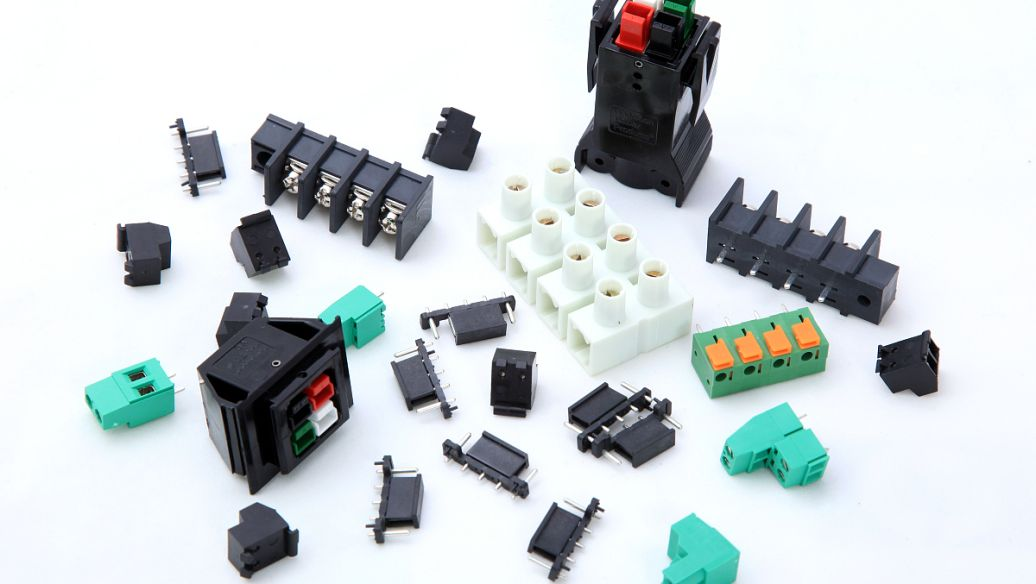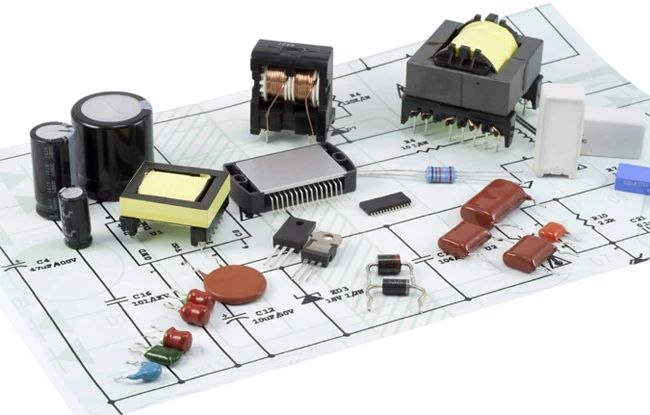Circuit Protection Definition
Circuit protection is a crucial aspect of electrical and electronic design, aimed at safeguarding circuits, devices, and components from damage or malfunction due to excessive current, voltage, or other electrical anomalies. It encompasses a range of mechanisms and components designed to mitigate the risks associated with electrical faults, overloads, or surges.

Circuit protection switches for various purposes
As a professional supplier of circuit protection components, Nantian Electronics provides circuit protection electronic components of different brands including: Eaton, Siemens, Schneider Electric, ABB, Littelfuse, Mersen, TE Connectivity, Phoenix Contact, Leviton, Hager, Altech Corporation, Weidmuller and other brands.
Type of Circuit Protection Device Components
Circuit protection devices are essential for safeguarding electrical and electronic systems. These devices come in various forms and serve different purposes. Here are the primary types of circuit protection device components:

Different types and uses of circuit protection devices
Fuses
Fuses are among the simplest and most common circuit protection devices. They consist of a metal wire or strip that melts when exposed to excessive current, interrupting the circuit and preventing further damage.
-
Fuse Element: A thin wire or strip, often made of materials like copper, aluminum, or silver, designed to melt when subjected to excessive current, thereby opening the circuit.
-
Fuse Housing: The protective casing that encloses the fuse element and facilitates its connection to a circuit.
Circuit Breakers
Circuit breakers automatically open a circuit in response to overcurrent or a short circuit. Unlike fuses, circuit breakers can be reset after tripping.
-
Tripping Mechanism: An electromechanical mechanism that trips the circuit breaker in response to overcurrent or short-circuit conditions.
-
Contacts: The points within the circuit breaker that open to interrupt the flow of current.
-
Bimetallic Strip: A component that bends when heated, activating the tripping mechanism and opening the contacts.
Surge Protectors
These devices protect against voltage spikes, such as those caused by lightning or switching transients. Surge protectors redirect excessive voltage to ground, shielding sensitive equipment.
-
Metal Oxide Varistor (MOV): A voltage-dependent resistor that diverts transient voltage spikes to protect connected devices.
-
Gas Discharge Tube (GDT): A component containing inert gases that ionize when subjected to high voltages, effectively shunting excess voltage to ground.
Varistors (MOV)
Metal Oxide Varistors (MOVs) are voltage-dependent resistors used to limit transient voltage and protect circuits from surges.
Thermal Protection
Some components have built-in thermal protection to shut down a device or circuit if it overheats, preventing fires or damage.
Current Limiting Resistors
These resistors are used to limit current in a circuit, protecting components from overcurrent. They're often used with LEDs.
Ground Fault Circuit Interrupters (GFCIs)
Commonly used in homes, GFCIs monitor the current flowing through a circuit and shut it off if a ground fault is detected, reducing the risk of electric shock.
-
Current Transformer: A component that detects imbalances in current, signaling the GFCI to disconnect the circuit.
-
Relay or Tripping Mechanism: The part responsible for tripping the GFCI when a ground fault is detected.
Overvoltage Protection (OVP) Circuits
Integrated into many power supplies and electronics, OVP circuits monitor the output voltage and disconnect the load if it exceeds a safe threshold.
Overcurrent Protection (OCP) Circuits
Similar to OVP circuits but designed to monitor and protect against excessive current.
Reverse Polarity Protection
Often used in DC circuits, reverse polarity protection prevents damage due to incorrect connection of the power supply.
Lightning Arrestors
Commonly used on buildings and tall structures, lightning arrestors provide a path for lightning to safely dissipate into the ground, protecting the structure from damage.
-
Lightning Rod: A conductor designed to provide a path for lightning to safely dissipate into the ground.
-
Grounding System: A network of conductors and grounding electrodes that ensures lightning energy is harmlessly redirected.
Circuit Protection Devices Buying Guide
1. In the world of electronics and electrical systems, circuit protection is a crucial element that ensures the safety and functionality of your equipment. This buying guide explores the various circuit protection devices available to help you make informed choices and protect your systems effectively.
2. Fuses are an essential form of overcurrent protection. Consider factors like fuse type (fast-acting, slow-blow, or resettable PTC), voltage, and current ratings to match your circuit's requirements.
3. Circuit Breakers offer reusable protection. Make sure you select the appropriate current rating and the tripping mechanism, whether thermal, magnetic, or a combination of both, depending on your circuit's characteristics.
4. Surge Protectors are designed to guard against voltage spikes. Pay attention to clamping voltage and response time, with faster response times being more effective at diverting surges.
5. Ground Fault Circuit Interrupters (GFCIs) are a must in wet locations. Choose the right type and sensitivity level based on your application.
6. Overvoltage Protection (OVP) Circuits are essential for safeguarding sensitive electronics. Ensure the device covers your entire voltage range and offers quick response times.
7. Overcurrent Protection (OCP) Circuits are crucial for protecting critical equipment. Match the current rating to your equipment's requirements and choose the appropriate protection type, be it electronic or thermal.
8. Reverse Polarity Protection is essential for the safety of your power supply. Consider the voltage ratings and ease of reading polarity indicators.
9. Lightning Arrestors provide protection from nature's fury. Correct placement and robust grounding are key factors in ensuring their effectiveness.
It's vital to check that your chosen circuit protection devices comply with relevant safety standards, such as UL, CE, or TUV, for assurance in their quality and reliability.
When selecting circuit protection devices, also consider potential future expansion needs and scalability. If you find yourself unsure about the right choices, don't hesitate to consult with a qualified electrician or engineer who can offer expert guidance. Your diligence in circuit protection ensures the longevity and dependability of your electrical and electronic systems.